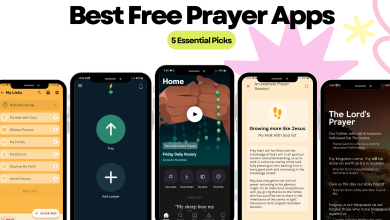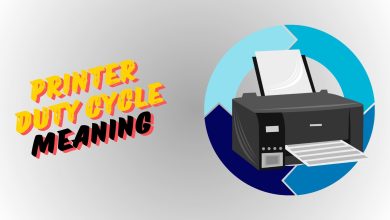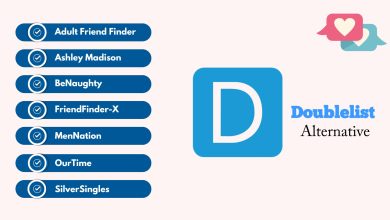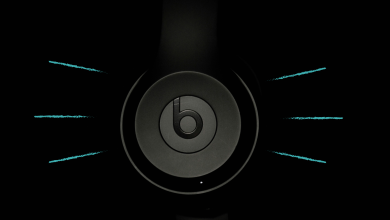What’s the Best Professional Text-to-Speech Software?
If you’ve ever wanted a reliable way to turn text into spoken words, text-to-speech tools can make that possible. These modern solutions aren’t limited to tech experts—they’re useful for content creators, educators, and anyone aiming to make information more accessible for themselves or others.
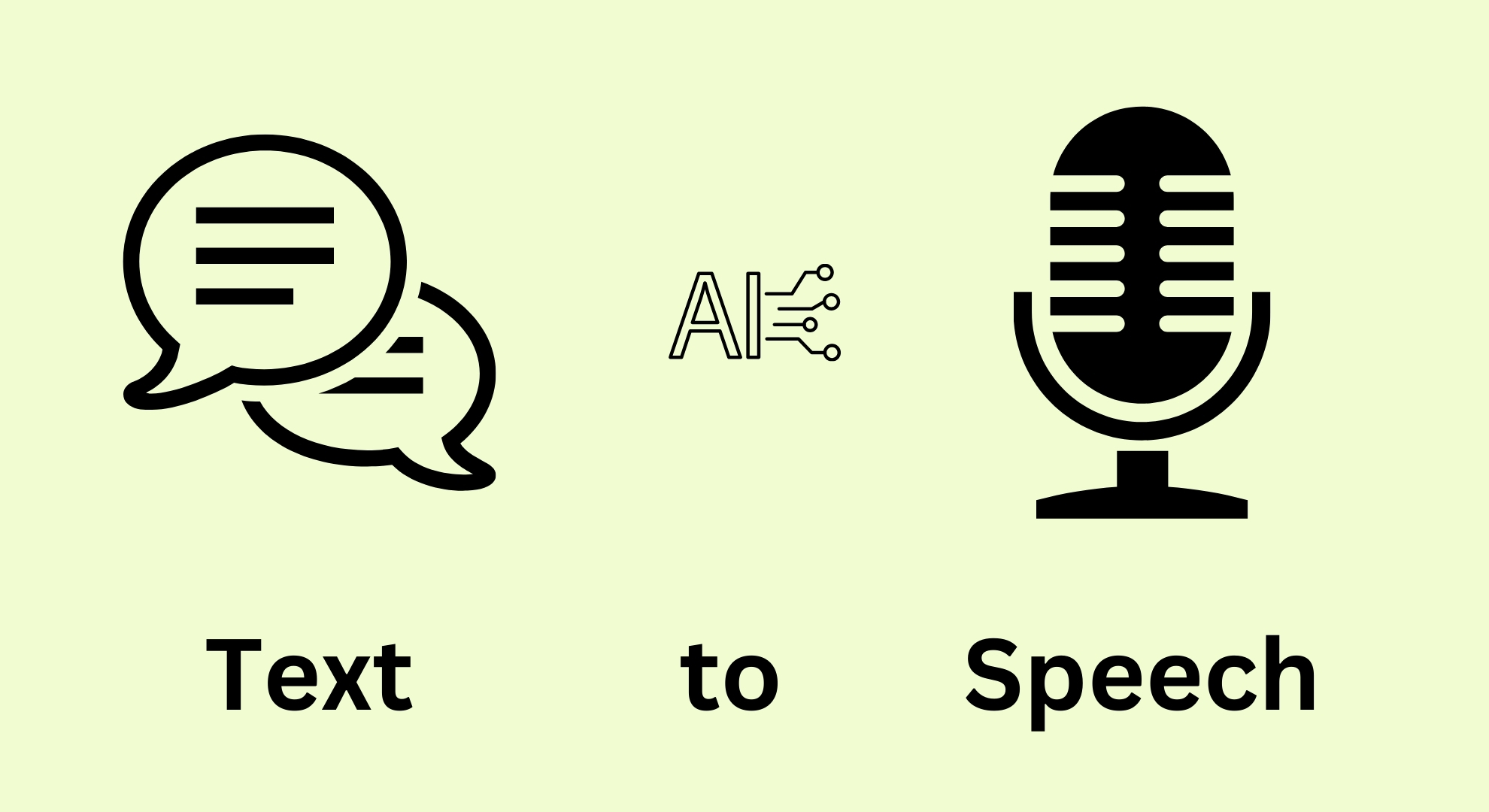
In this guide, we’ll cover 5 of the top professional text-to-speech tools available today. Each has its own distinctive features, but they all share core advantages that can elevate your audio projects. Let’s explore what makes these tools truly stand out.
Professional text-to-speech software is a tool that converts written text into spoken words. These tools use advanced artificial intelligence and algorithms to generate voice output that closely resembles natural human speech.
What’s the Best Professional Text-to-Speech Software?
The best professional text-to-speech software for you depends on your unique needs and how you plan to use it. Whether you want dynamic voices for video narration or reliable speech for making information accessible, the right tool can make a big difference. Here are some top-rated text-to-speech solutions, each with their own strengths:
1. NaturalReader

NaturalReader is a professional-grade text-to-speech software offering features that make it a standout option. Its MP3 export function lets users easily convert text into audio files, making it ideal for listening on the go—whether you’re commuting, exercising, or multitasking.
NaturalReader provides a diverse set of natural-sounding voices, so the audio output feels authentic and pleasant to hear. It also supports many different languages, which is helpful for users from various backgrounds or those working in multilingual settings.
The software is highly valued in educational and professional environments. For example, it’s particularly helpful for students with reading difficulties, allowing them to convert reading assignments into audio for easier understanding and retention.
Professionals can also benefit from NaturalReader by using it to listen to presentations or proofread their documents. Listening often helps spot errors that might be missed when simply reading on screen.
↪ Pros
- Easy text to MP3 conversion
- Wide range of natural-sounding voices
- Improves accessibility for users with reading difficulties
- Great for educational and professional use
- User-friendly interface suitable for everyone
↪ Cons
- Free version has usage limitations
- Some voice options may sound artificial
- Can be demanding on devices with low processing power
2. Speechify

Speechify has carved out a specialized place in the world of text-to-speech software. It’s especially popular among people with reading disabilities, busy professionals, and non-native speakers looking to practice new languages. Developed by Cliff Weitzman, a Brown University student with dyslexia, Speechify is focused on making written content more accessible and easier to understand.
Speechify can convert text from books, articles, or emails into spoken words. It’s perfect for users who want to be more productive or for those who have difficulty with traditional reading methods.
With more than 200 AI voices across 30+ languages, users can personalize their listening experience to match what works best for them. Voices range from simple to impressively human-like, giving a wide range of options for different preferences.
The app works on multiple platforms—including iOS, Android, and as a Chrome extension—so users can switch between devices with ease. Features like AI Voice Studio and AI avatars allow for added creativity in projects like video narration or presentations.
Many users appreciate Speechify’s option to speed up reading—up to nine times faster than normal—helping students and professionals save time. Its translation feature is another highlight, which helps users understand and learn new languages.
↪ Pros
- Reads text up to 9 times faster than normal
- Translates and reads text in over 30 languages
- Offers over 200 AI voices for a custom experience
- Works across desktop, mobile, and as a Chrome extension
- Features AI avatars and voice cloning for added versatility
↪ Cons
- Premium features require a subscription
- Some voices need adjustment to sound more realistic
- Offline use is limited without a premium plan
3. Voice Dream Reader
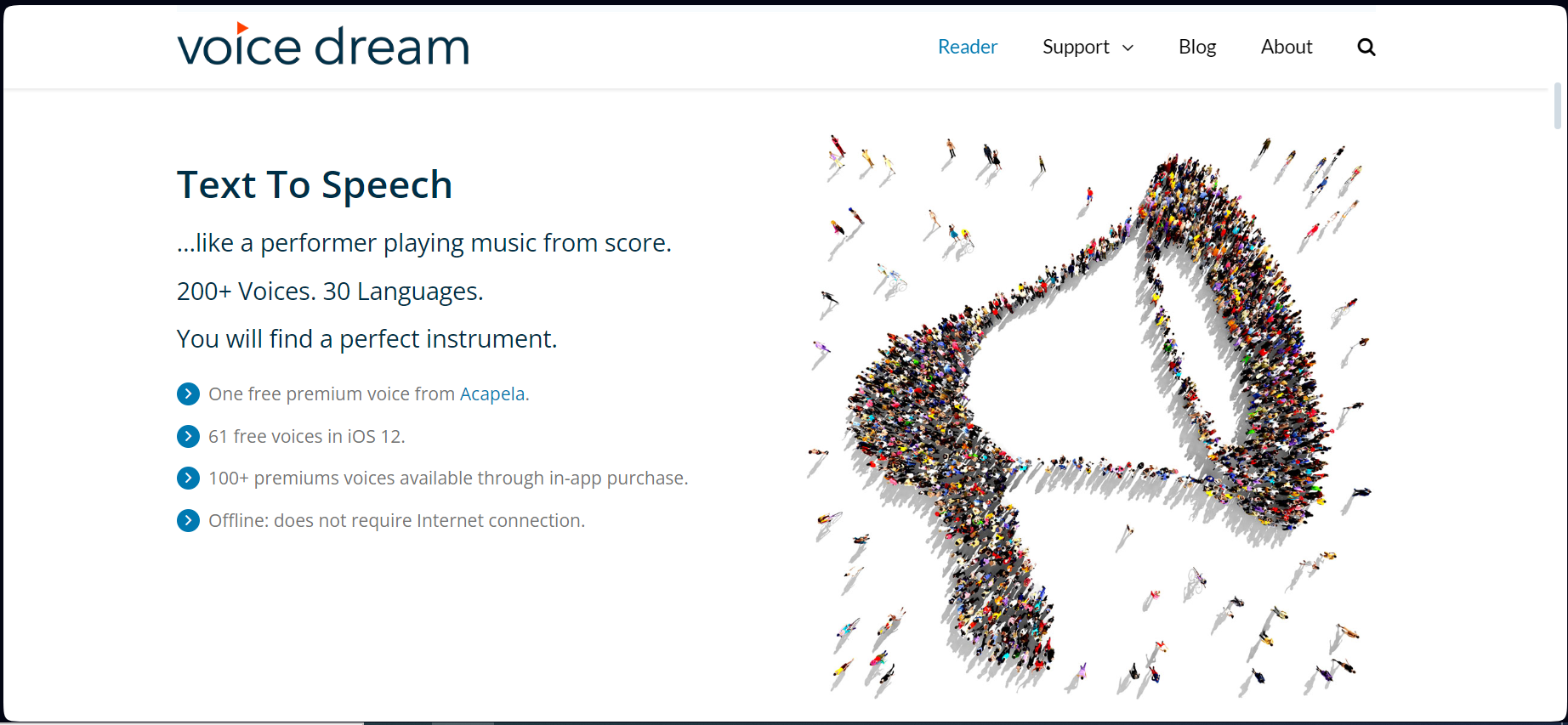
Voice Dream Reader is a robust text-to-speech app available for iOS and Mac. It’s specifically designed to help users with visual or reading difficulties by turning text into spoken words.
Its real strength is in its customization. Users can fine-tune voice settings—including speed and pitch—and select from a range of voices in multiple languages. This flexibility means you can adjust the listening experience to suit your comfort.
Voice Dream Reader supports lots of text formats, such as PDFs, web pages, and cloud documents from services like Google Drive and Dropbox. It’s a great asset for both classroom and personal use.
The simple, user-friendly design makes it accessible to those who need assistive technology the most. Plus, you can adjust how the text looks, like changing font size and color, which helps make reading even easier.
One drawback is that some voice options can sound a bit robotic, which may affect how natural the speech feels. This is a common challenge with many text-to-speech apps, so it’s worth keeping in mind if you use audio heavily.
While the app provides many features for free, premium voices and extra tools require in-app purchases, which can add up for users who need advanced options.
↪ Pros
- Customizable voices and reading speeds
- Handles many document types, including PDFs and web pages
- Easy syncing with Google Drive and Dropbox
- Accessibility-focused features for users with disabilities
- Works offline for reading anywhere
↪ Cons
- Premium voices cost extra
- Default voices can sound robotic
- File management not as strong as some competitors
4. Murf AI

Murf AI is a cloud-based text-to-speech platform that makes creating professional voiceovers easier than ever. It’s perfect for everything from YouTube videos to training materials and business presentations.
The main feature? Murf AI transforms written text into natural-sounding speech using cutting-edge AI and machine learning. It offers a library of over 120 voices in more than 20 languages, making it highly versatile and well-suited for global use.
One of Murf AI’s top qualities is its intuitive user interface. Even if you don’t have a technical background, you can create high-quality voiceovers quickly. Plus, you can add images, music, or videos and synchronize everything with your voiceover project right inside the platform.
Murf AI helps businesses and creators save both time and money by removing the need for hiring voice talent and shortening production timelines.
However, Murf AI can be costly, especially for small businesses or solo creators. While most voices sound natural, some may still come across as synthetic and require minor tweaking to get the perfect audio.
↪ Pros
- Large variety of 120+ voices
- Supports over 20 languages
- Combine audio with images, music, and video directly
- Streamlines the voiceover process, saving time and money
- Easy for beginners and professionals to use
↪ Cons
- Premium features are only available with higher-priced plans
- Some voices still sound less natural
- More expensive than some alternatives
5. ElevenLabs
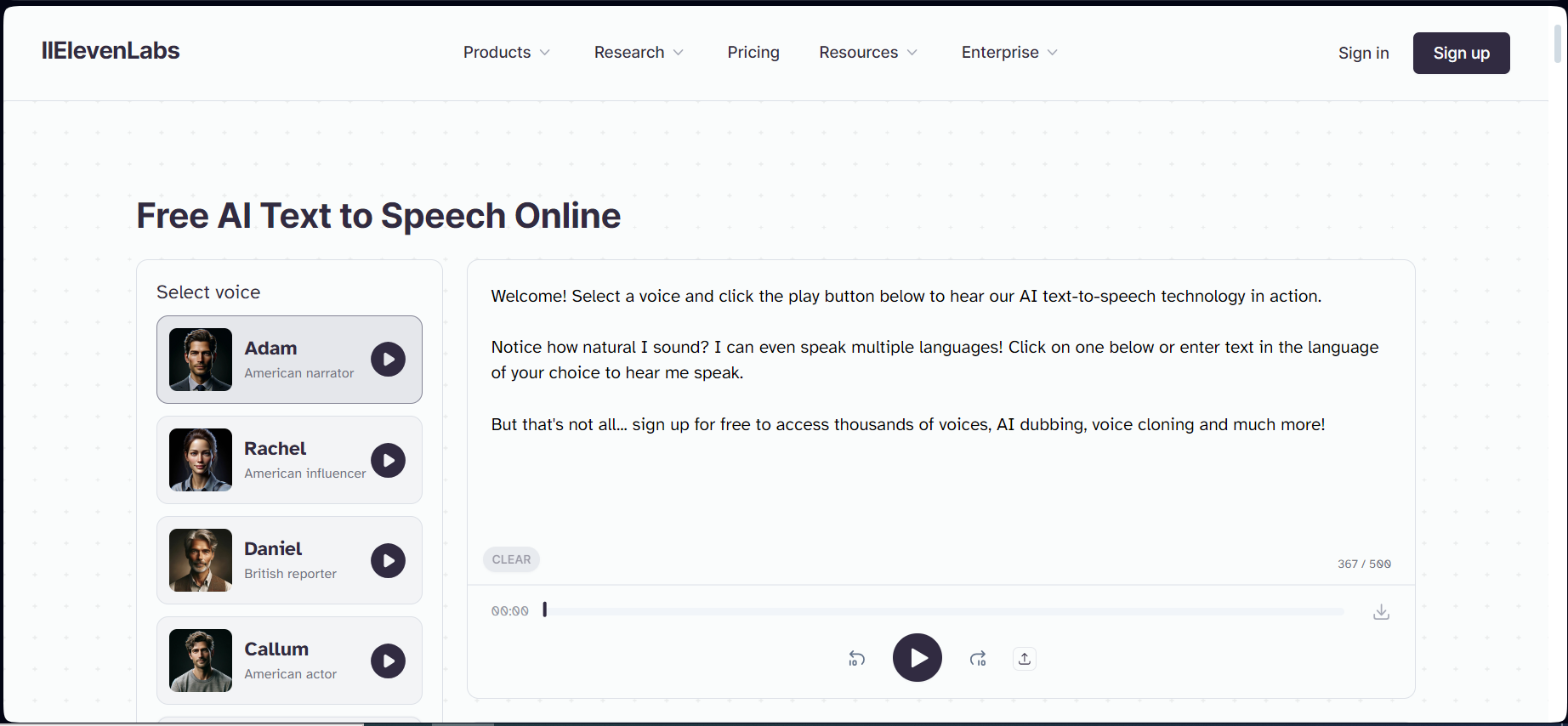
ElevenLabs is an advanced text-to-speech platform powered by sophisticated AI. It’s designed to generate highly realistic voiceovers for a wide range of uses, from digital content to educational resources.
With support for multiple languages and emotional tone adjustments, ElevenLabs produces clear and natural-sounding speech suitable for an international audience.
ElevenLabs offers a library of over 120 unique voices in 29 languages, providing plenty of options for all types of projects. The straightforward user interface makes it easy to create and tweak voiceovers—even if you’re not technically inclined.
A key highlight is its voice cloning feature, which allows for personalized voice models—this is a huge plus for anyone needing custom content or branded audio.
However, some of the best features—such as high-fidelity voice cloning—are reserved for premium plans, which may be out of reach for smaller teams or individual users on a tight budget.
↪ Pros
- Over 120 voices in 29 languages for diverse needs
- Voice cloning for truly unique and custom content
- Simple, user-friendly interface
- Emotional tone control for expressive audio
- Easy integration for multimedia projects
↪ Cons
- Premium features have a higher cost
- Advanced tools may be overwhelming for beginners
- More limited accessibility for independent creators with tight budgets
What to Look for While Choosing the Best Professional Text to Speech Software?
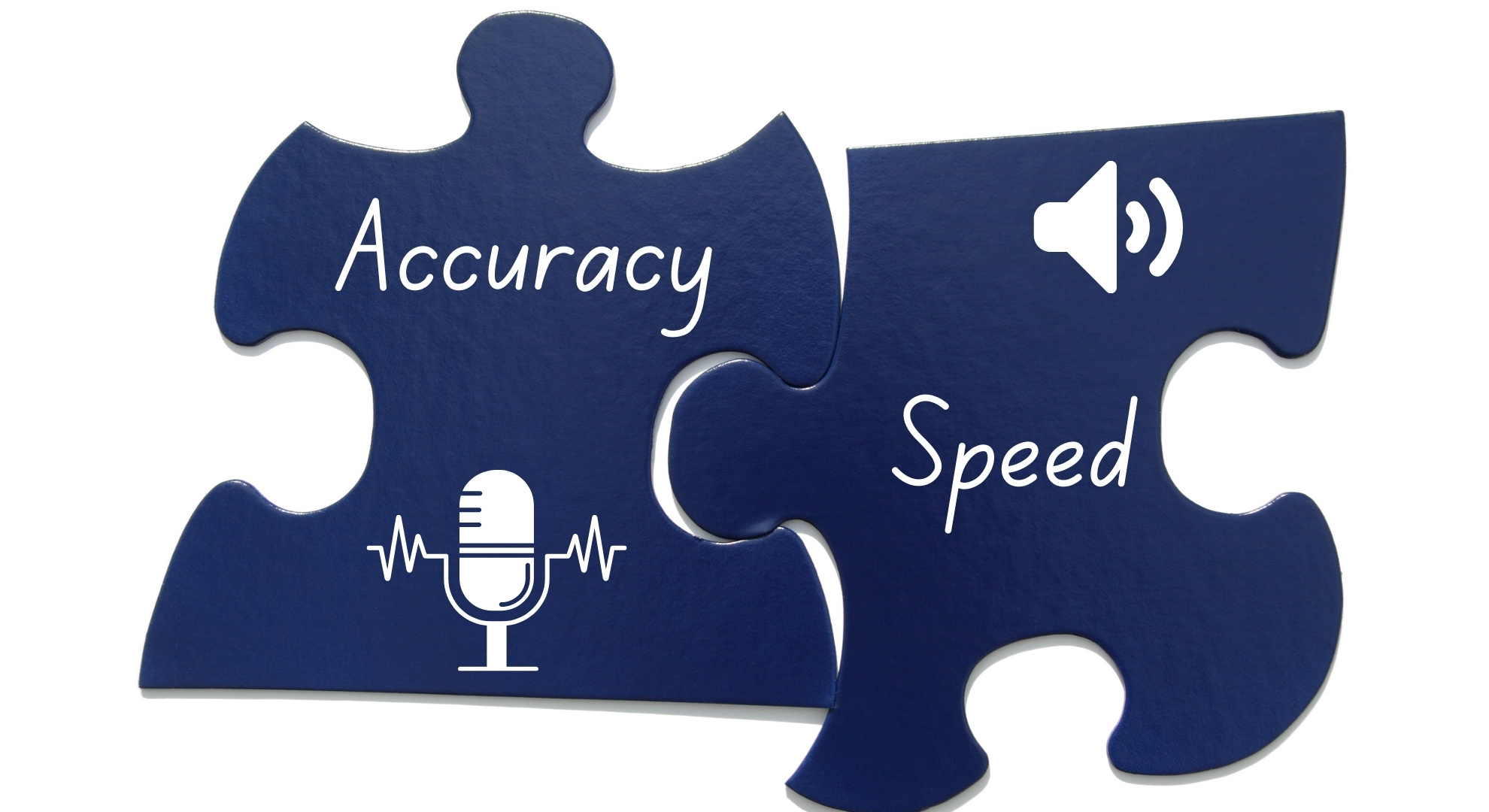
When picking the right text-to-speech software, it’s important to consider a few essential features to get the best results for your needs. Here’s what to keep in mind:
- Voice quality and realism: High audio quality is essential. Choose software that sounds natural and clear, with human-like tones and expression.
- Language and accent variety: Good text-to-speech software should offer multiple languages and accents—especially helpful for international users or businesses.
- Customization options: Being able to personalize the voice, speed, pitch, and volume lets you adapt output to your specific audience or content style.
- Integration potential: Make sure the software works well with tools you already use, such as eBook readers, learning platforms, or video editors.
- Handles multiple text formats: Look for options that let you read from PDFs, web pages, or other document types without extra hassle.
 Reviewed by
Reviewed by 